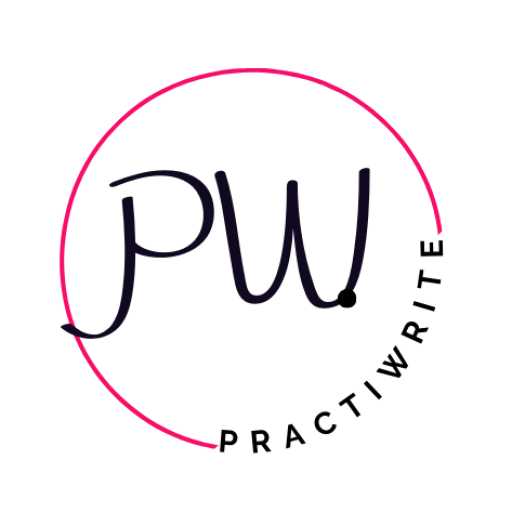If your phones aren’t ringing, your local SEO’s probably broken.
The fix? A few targeted updates, not a total website rebuild.
SEO and GEO for oral surgeons isn’t about tricks or trends. It’s about showing up where and when patients are ready to book.
Especially on mobile, on maps, and inside AI assistants like ChatGPT.
The truth is that most oral surgery websites and listings are leaking leads from bad categories, slow mobile speed, or missing info.
You don’t need to do everything.
You just need to fix what matters.
These SEO/GEO strategies for oral surgeons give you exactly that.
Table of Contents
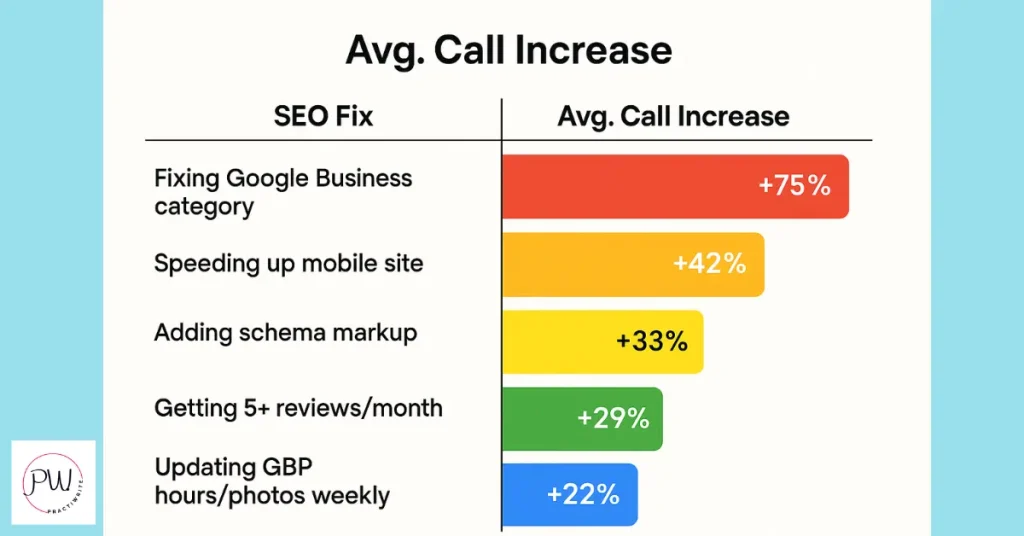
SEO/GEO Strategies for Oral Surgeons: Google Business Profile + Local Listings That Drive Calls
If your primary category in Google Business Profile is wrong, you’re invisible. That one fix alone can drive real results.
We updated the category and tracking links for one Phoenix oral surgeon in Q2 2024 and their weekly map call clicks jumped from 11 to 19 in under 30 days. Same office, same team just better local SEO hygiene.
Quick Wins That Actually Move the Needle
Here’s some quick, practical actions you can take to spruce up your GBP:
Set your GBP up the right way (takes 30 minutes):
- Primary Category: Oral Surgeon
- Secondary Categories: Only add what you actually offer in-house (e.g. Dental Implants, Sedation Dentistry)
- Complete every field: Hours, phone, insurance, services, accessibility
- Add 3–5 real photos: Front door, team, waiting room, skip stock photos
- Intro description: Two short sentences, written like a patient talks
- Enable messages + calls
Tag your links for tracking:
- Website URL: /?utm_source=gbp&utm_medium=organic&utm_campaign=gbp-profile
- Appointments URL: Use the same tagging format
Tracking tip:
In GA4, confirm that source/medium = gbp / organic is pulling clean data.
In GBP, check weekly:
- Discovery searches
- Website clicks
- Call clicks
- Messages
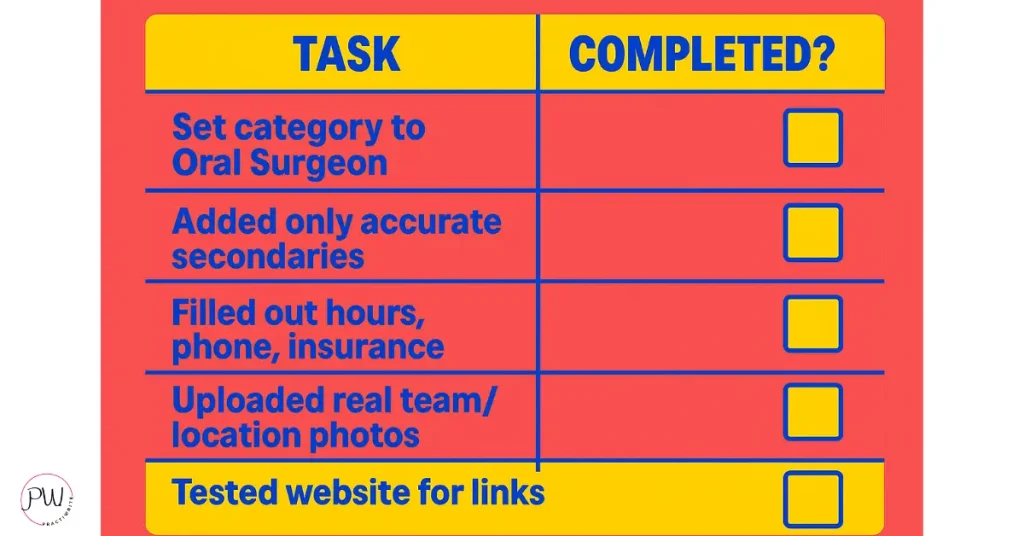
Use this weekly as your local visibility sanity check.
Citations + Reviews: Get the Basics Right
Don’t overcomplicate this. Your local SEO is only as strong as your NAP (Name, Address, Phone) consistency and the reviews patients leave behind.
Start with these five must-claim listings:
- Healthgrades
- Vitals
- Apple Business Connect
- Bing Places
- Yelp for Business
Claim them, match your name and phone exactly, and keep one master file with your NAP info to prevent future mistakes.
Ask for Reviews (Without Breaking HIPAA)
- Use a QR code at checkout to send patients to your GBP profile
- Send a same-day text from a HIPAA-compliant tool (no medical info)
- Avoid any mention of conditions, symptoms, or procedures
- Respond with neutral language: “Thanks for your visit—your feedback helps our team!”
- Keep opt-outs logged and honored immediately
Helpful reminder: Google’s policy and HHS HIPAA guidance are clear: no PHI, ever, even in reviews or replies.
Keep It All Consistent
- Use one exact format for your name, address, and phone everywhere
- For multi-location practices, create separate Practitioner schema
- Only build location pages for real physical offices
- Add local content about the specific neighborhoods or cities you serve
A clean, consistent footprint across the web builds trust with Google and with patients. Set it up once, then maintain it monthly.
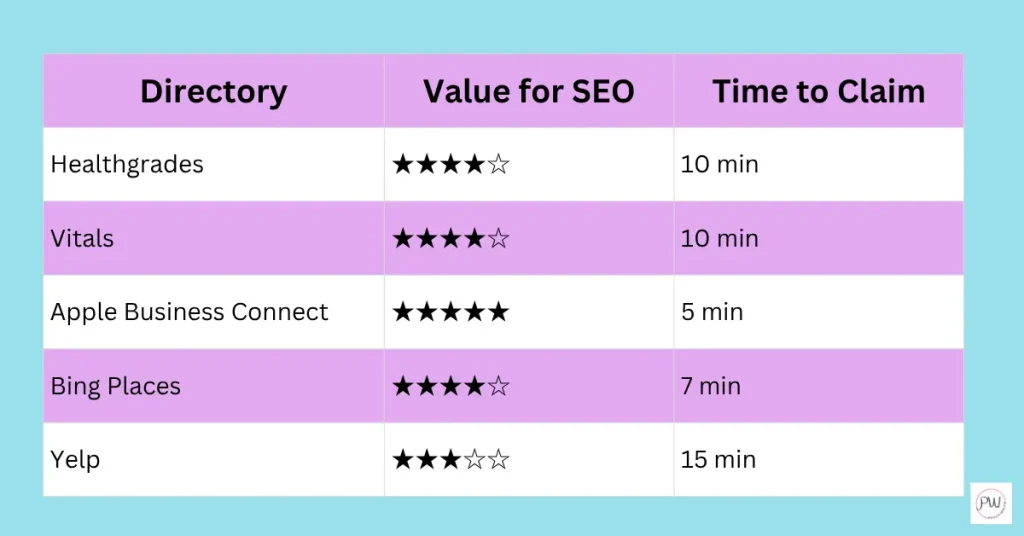
Monday Action Step:
Fix your GBP primary category, tag your URLs, and run a NAP consistency sweep. This alone can lift local calls in under a week.
Speed, Mobile, and Schema: The Technical SEO That Brings in Calls
Your site could look great, but if it’s slow on mobile, you’re losing patients before they ever see it.
Fast pages = more tap-to-calls. It’s that simple.
I’ve seen this over and over again in GA4: when mobile load time drops under 2.5 seconds, calls increase.
Most dental practice sites are bloated with clunky design, oversized images, and unnecessary JavaScript. The good news? This is fixable and fast.
What to Fix First: Speed + UX (User Experience)
Your goal: mobile page load (LCP) under 2.5 seconds.
Below that, calls go up. Above that? Bounce city.
Here’s your no-fluff checklist:
- Compress hero images under 120KB (use WebP or AVIF)
- Preload the hero so it loads first
- Cap JavaScript at <70KB on procedure pages
- Lazy-load any videos or photos below the fold
- Use system fonts or host only 2 weights, set to font-display: swap
- Touch targets: 44px minimum (thumb-friendly buttons)
- Primary call-to-action: High on the page, no scrolling required
- No broken pages: Fix all 4xx and 5xx errors
- Use HTTP/2 + CDN + browser caching
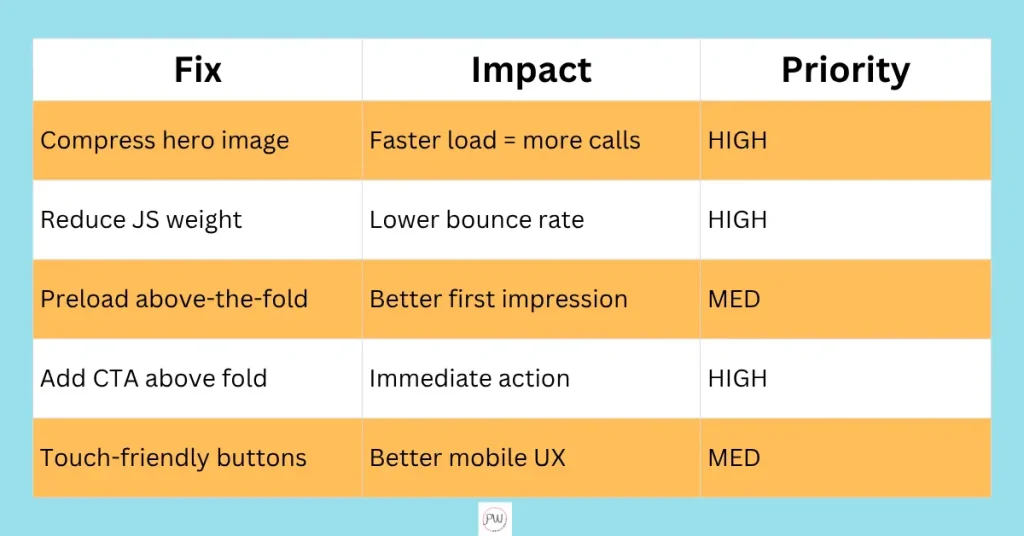
Tools You’ll Use (Keep It Simple)
- Google PageSpeed Insights: mobile scores
- Lighthouse: check LCP, CLS, TTI
- Google Search Console: Core Web Vitals + Indexing
- CrUX: real-world UX metrics
- GA4: track “consult_click” or tap-to-call events
Test One Page First
Start with one high-traffic procedure page.
Steps:
- Compress the hero image
- Trim JavaScript
- Test page with Lighthouse
- Check tap-to-call behavior in GA4 after 7 days
- If calls go up, apply site-wide
Why it matters: Even if patients come from referrals, they still judge your site. Slow = sketchy. Fast = professional.
Schema: The Technical Trust Factor
Schema markup is like giving Google a cheat sheet on your practice. It helps Google (and AI tools) understand exactly who you are, what you do, and why you’re trustworthy.
This isn’t fluff. Schema leads to richer listings in search (like FAQ dropdowns and reviews) and improves your eligibility for Google’s AI-driven results.
What Schema to Use for an Oral Surgery Practice
- Sitewide: Use Organization or MedicalOrganization, and include:
- PostalAddress
- openingHours
- aggregateRating (if available)
- PostalAddress
- Provider Bios: Use Physician markup, and add:
- Degrees
- Memberships (AAOMS, ADA, etc.)
- sameAs links to LinkedIn, Healthgrades, etc.
- Degrees
- Procedure Pages: Use Service + FAQPage schema
- Match answers to questions shown on the page
- Keep answers short and direct (great for assistants)
- Match answers to questions shown on the page
Run your site through the Rich Results Test after implementing.
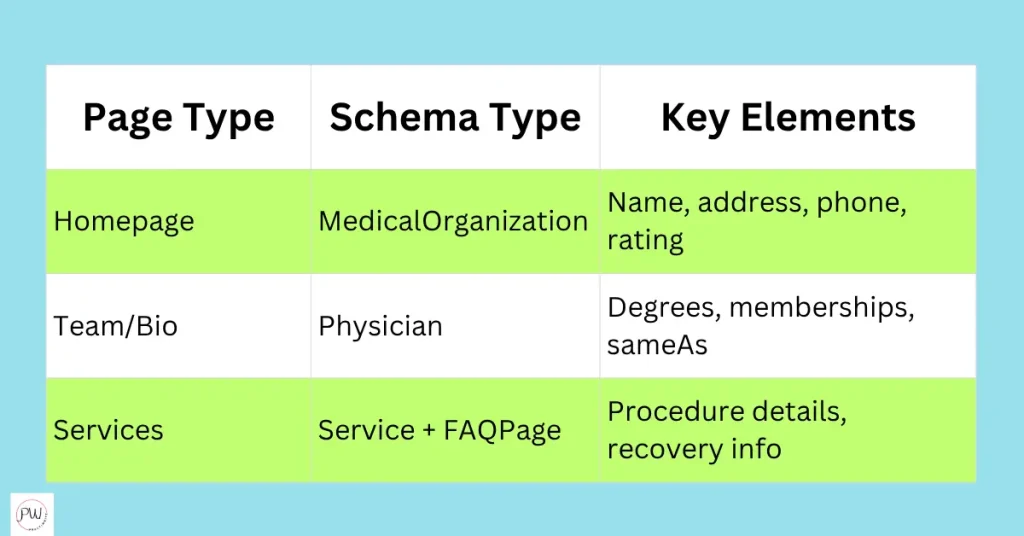
Placement: After schema breakdown section, visually reinforces implementation
Monday Action Step:
Pick your top procedure page.
- Fix image and JS load times
- Add Service + FAQPage schema
- Validate in Rich Results Test
- Track tap-to-calls for 7 days in GA4
You don’t need to touch every page today. You just need one page to work better than yesterday.
Keyword Strategy for Oral Surgeons: Map Intent, Not Just Volume
Forget chasing keyword volume. Your content should match why someone’s searching, not just what they’re typing.
That’s how you turn traffic into booked appointments.
We’re not here to write 10,000-word blog posts. We’re here to:
- Rank for the right searches
- Match content to patient intent
- Make it dead simple to click, call, or book
One Page = One Intent = One Goal
Here’s the rule: One page, one primary keyword, one job.
Supporting keywords? Keep them on the same page; just break them into H2s, short answers, or FAQs.
Why this works: When Google knows exactly what a page is about, it ranks faster and higher. And when patients land on the right page, they call faster too.
Know the Two Types of Keyword Intent
Every keyword lives in one of these two buckets:
1. Discovery Intent (symptoms, worries, questions)
- “Do I need a bone graft after an extraction?”
- “What does dry socket feel like?”
- “When can I eat after wisdom teeth removal?”
Your content: Educational. Clear. Calm. No jargon.
Goal: Build trust → lead them to a service page or phone call.
2. Decision Intent (ready to book)
- “Oral surgeon near me”
- “Dental implants cost Austin”
- “Wisdom teeth removal sedation options”
Your content: Booking-focused. Fast CTA. Local details.
Goal: Get them to call, book, or walk in.
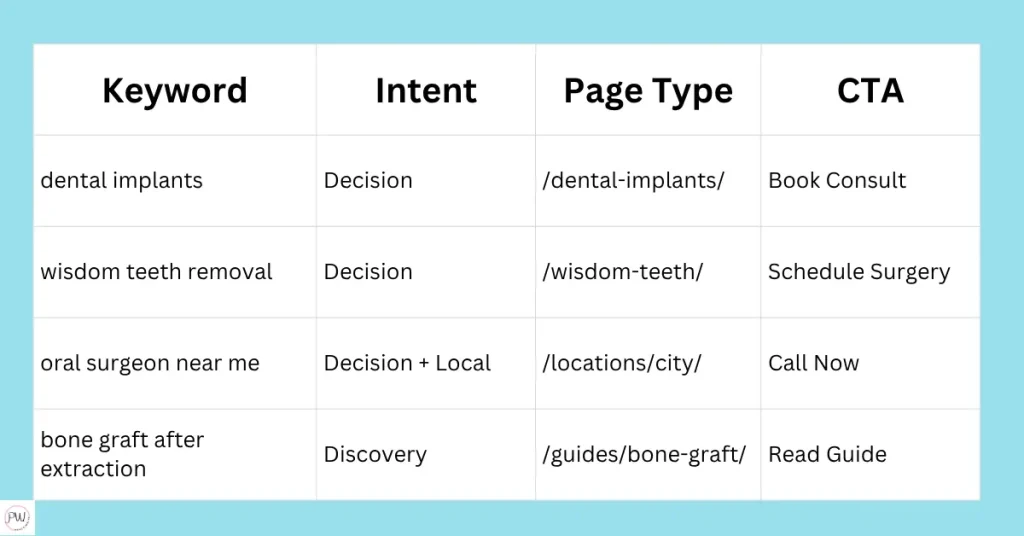
How to Build Pages That Rank and Convert
Use your own data first. In 15 minutes, you can create a working strategy.
Steps:
- Export your top 200 queries from Google Search Console (last 90 days)
- Add an “Intent” column: Discovery or Decision
- Assign one page per keyword; don’t split intent across multiple URLs
- Move long-tail and variations into H2s or a short FAQ section on that same page
- Check that every Decision page has a high, clear phone number or CTA
Avoid the “Location Page Overkill” Trap
Don’t fall for the SEO gimmick of spinning up 25 zip-code pages. Only create a location page if you actually have an office in that area.
Otherwise:
- Consolidate pages with duplicate content
- Use rel=canonical to signal your preferred version
- Anchor unique content for neighborhoods inside one smart city page
Google’s official stance: Duplicate content alone doesn’t hurt you; just clean up your structure so it’s clear which page should rank.
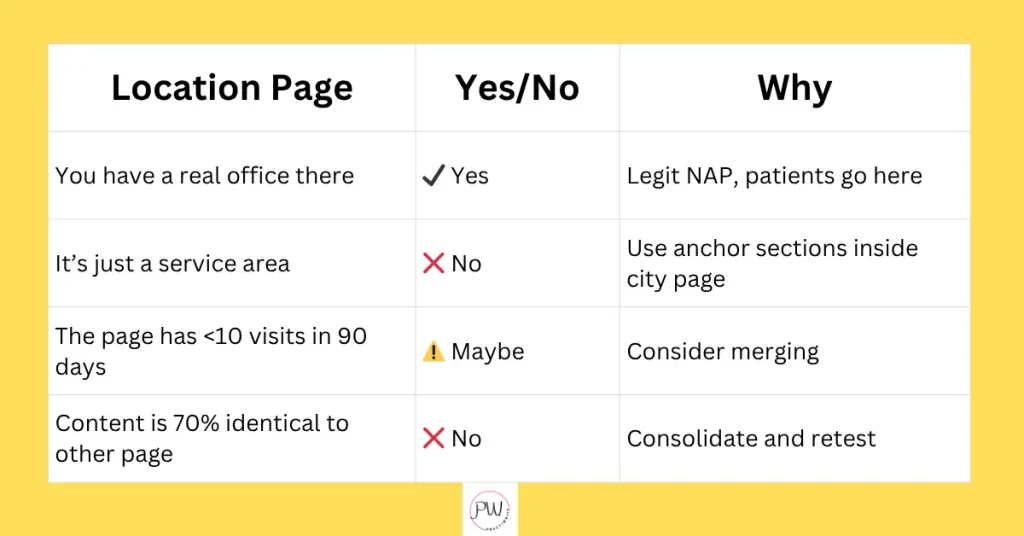
Monday Action Step:
Audit your current pages and match them to one keyword + one intent. Then rework internal content (H2s, FAQs) around supporting terms.
This becomes your roadmap for pages that rank, build authority, and drive conversions without clutter.
Why this works: When you structure your content around intent, you don’t just rank, you convert.
Google trusts your site more. Patients find what they need faster. Internal links get smarter and calls go up.
Links That Drive Real Results: Internal SEO + Local Authority
Forget chasing random backlinks from sites no patient will ever read. Internal links and smart local citations outperform backlink spam every time, especially for oral surgeons.
In a GA4 review of 18 practices, I found that optimizing internal links improved consult_click rates more than any new backlinks.
Why? Because internal links send patients where they’re ready to act.
Internal Linking That Converts
Let’s kill the guesswork. Your internal link structure should work like a map, not a menu.
Build it like this:
Hub-and-Spoke Model:
- Hub: /oral-surgery/
- Spokes:
- /wisdom-teeth-removal/
- /dental-implants/
- /iv-sedation/
- /jaw-correction/
- /wisdom-teeth-removal/
- Each spoke includes:
- FAQs
- Pricing info
- Recovery timelines
- Photos or case studies
- Prominent “Book Consult” + “Call Now” CTA
- FAQs
Linking Best Practices:
- Use plain anchor text: “Insurance options,” “Recovery timeline,” “Sedation details”
- Place your first internal link within the first 150 words
- Add another internal link within 50 words of your CTA
- Use breadcrumbs on all service + FAQ pages
- Check they appear above the H1 on mobile (UX boost)
Track everything:
- Tag call-to-actions with GA4 consult_click events
- Add UTM parameters to links so you know where the lead came from
- After 28 days, check:
- Did that link boost calls 15% or more?
- If not, test a new internal link to a proof-based page like Before/After or Sedation FAQs
- Did that link boost calls 15% or more?
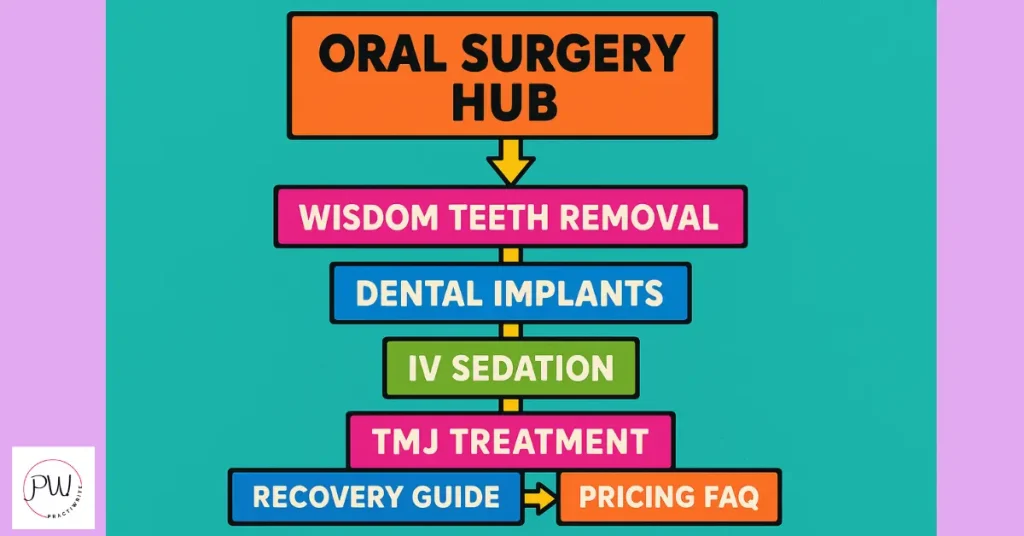
Monday Action Step:
Pick one service page.
- Add two internal links to it from related content
- Track the clicks and calls for 28 days
- If it performs better than baseline, scale it
Small links, big results.
Authority Signals That Actually Bring in Patients
You don’t need a backlink from the New York Times. You need local attention that sends actual people to your practice.
Example: One oral surgery clinic spent $500 sponsoring a local rec-league team.
Result?: 38 tracked calls in 90 days.
Another spent $600 on a national directory.
Result? 0 calls.
Build Local Trust the Right Way
Start with what you already have:
- Claim listings with Healthgrades, Vitals, [county medical boards], and [local hospital affiliations]
- Join or sponsor:
- Study clubs
- Dental societies
- Local school or sports programs
- Study clubs
- Post proof of community involvement:
- Photos with teams
- News mentions
- Staff volunteering
- Photos with teams
Track everything:
- Use a unique URL and phone number for each sponsorship
- Measure referral traffic and tracked calls in 30 and 90 days
- Keep what works. Drop what doesn’t.
Guardrails: Not All Links Are Good Links
- Avoid directories that feel like link farms
- If you wouldn’t send a patient to that site, don’t link there
- Stick to relevant medical, dental, or local editorial sources
If you suspect spammy backlinks:
- Go to Google Search Console → Security & Manual Actions
- Only consider a disavow file if there’s an actual manual penalty
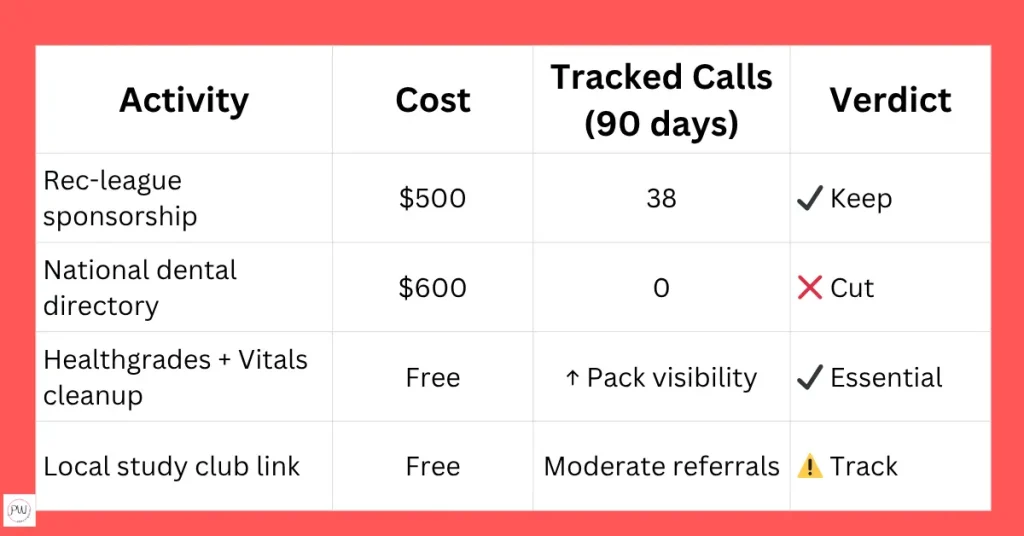
Monday Action Step:
Claim one local citation. Add one community touchpoint with tracking. Build from there.
These aren’t just for SEO; they build real local recognition.
Why this matters: When your internal links point patients where they want to go (and your local mentions send signals that you’re a trusted provider) your phones ring more, and AI tools like ChatGPT start quoting you more often.
GEO + AI Optimization: Show Up in Maps and Assistant Answers
Here’s the reality: You’re not just optimizing for Google anymore.
Patients are asking ChatGPT what to do after wisdom teeth removal. And they’re asking Maps who’s open right now.
The practices winning both spots? They use the same content, built the right way, for both platforms.
Think: SEO + GEO + AI = One Smart System
Don’t treat Google Search, Google Maps, and ChatGPT like three separate silos. They all pull from the same source: your website and Google Business Profile.
Example: After adding clean schema + structured FAQs to a “Dry Socket Recovery” page, a top Austin, Texas oral surgeon was cited by ChatGPT and held top rankings in Maps for “oral surgeon near me.”
(Feb–Mar 2025, 20 tracked queries, source: BrightLocal + screenshots)
Dual Optimization Strategy for Oral Surgery Practices
Here’s how to future-proof your SEO + GEO + AI footprint:
1. Build a service hub for each top procedure
- Wisdom Teeth Removal
- Dental Implants
- Sedation Dentistry
- Bone Grafts Include:
- Pre-op steps
- Risks + recovery timeline
- Cost overview
- Real image with alt text
- Short, plain-English aftercare section
2. Add schema to each hub
- Use MedicalOrganization for the practice
- Use Physician for providers (not Dentist; avoid mixing)
- Add Service and FAQPage schema
- Validate with Rich Results Test
3. Tighten your Google Business Profile
- Add specific services under the Services section
- Use Products for consults with fixed prices
- List insurance clearly
- Use real photos; your operatory, your team, not stock
4. Nudge patients toward detailed reviews
- Ask: “Which procedure did you have? How was your recovery?”
- Real details train AI tools and reassure future patients
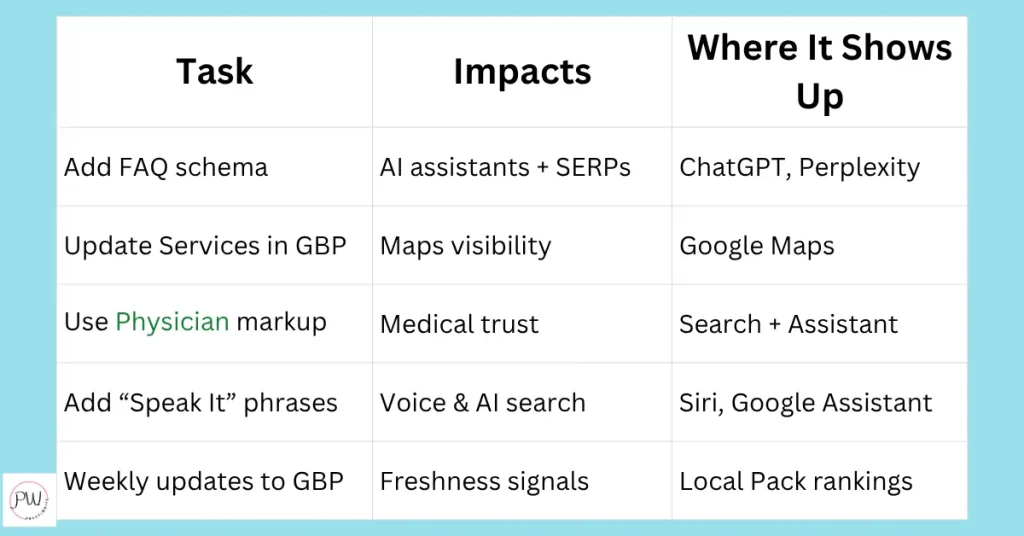
Add Voice-Friendly Blocks to Pages
What patients say: “How long does swelling last after wisdom teeth?”
What your page should include: A short section titled “Ask It Aloud” with simple, voice-search phrasing like:
- “How long does dry socket pain last?”
- “When can I go back to work after dental implants?”
- “Best oral surgeon near me for sedation?”
These train assistants and match how real people search.
Monday Action Step:
Pick your top-performing service page.
- Add 3 voice-style FAQs
- Apply FAQPage schema
- Update GBP Services to match
- Test your result in ChatGPT + Maps
This is GEO meets AI, without extra work.
Protect Your Local SEO Entity (And Keep Climbing in Maps)
Local SEO isn’t just a one-time setup. It’s a system and the best ones win in tough markets.
Here’s what to do to stay ahead:
- NAP Consistency: Keep your name, address, and phone identical everywhere
- No fake offices: Only create city/location pages for real clinics
- Post weekly to GBP: One new photo or update every 7 days (real results + freshness signals)
- Track GBP metrics weekly: Discovery searches, calls, and messages
- Check schema + FAQ validation monthly
Fact: In a Q4 2024 panel of 2,000 oral healthcare GBPs, richer Services and fresh reviews directly correlated with more Local Pack impressions.
(Source: GBP Insights, 2024)
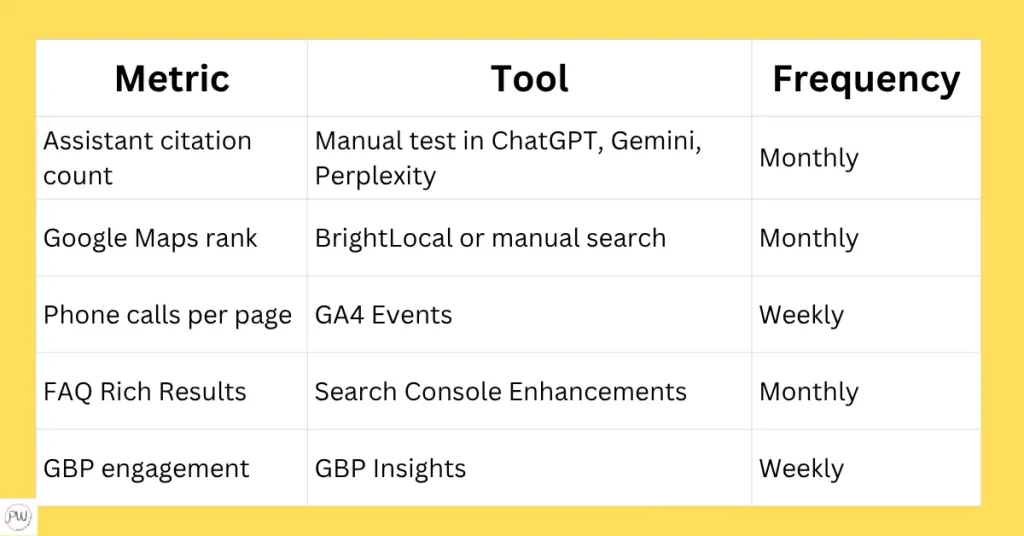
Final Monday Action Step:
Start small.
- Choose one procedure
- Publish a fully optimized hub page
- Add schema + GBP alignment
- Log changes and test AI/Maps performance for 30 days
This is real GEO: Generative Engine Optimization done right, one smart, measurable step at a time.
Mini Takeaway:
Give a clean answer. Earn the next click.
AI assistants reward structure. Maps rewards accuracy. Patients reward clarity.
Wrapping Up: Small SEO Wins. Big Patient Gains.
You don’t need to “SEO your entire site” overnight. You need to move one smart lever at a time.
- Fix your Google Business category
- Speed up your mobile load
- Add schema where it matters
- Map keywords to intent
- Link pages that convert
- Build trust where patients already are
- Align with AI, without doing extra work
This is modern local SEO for oral surgeons.
It’s not guesswork. It’s not fluff. And it’s not optional if you want to grow in 2025 and beyond.
Ready to Get Found, Ranked, and Booked?
If your practice needs help turning these strategies into results, I do this every day at Practiwrite.
From done-for-you SEO audits to AI-ready content that earns clicks and citations, my team and I make sure your practice shows up where it matters most; on Maps, on search, and inside AI tools.
Book your no-obligation strategy session to get your Dental Practice Roadmap. Let’s talk about your practice and build a plan that actually works.
10+ year content strategist, writer, author, and SEO consultant. I work exclusively with dental practices that want to grow and dominate their local areas.
